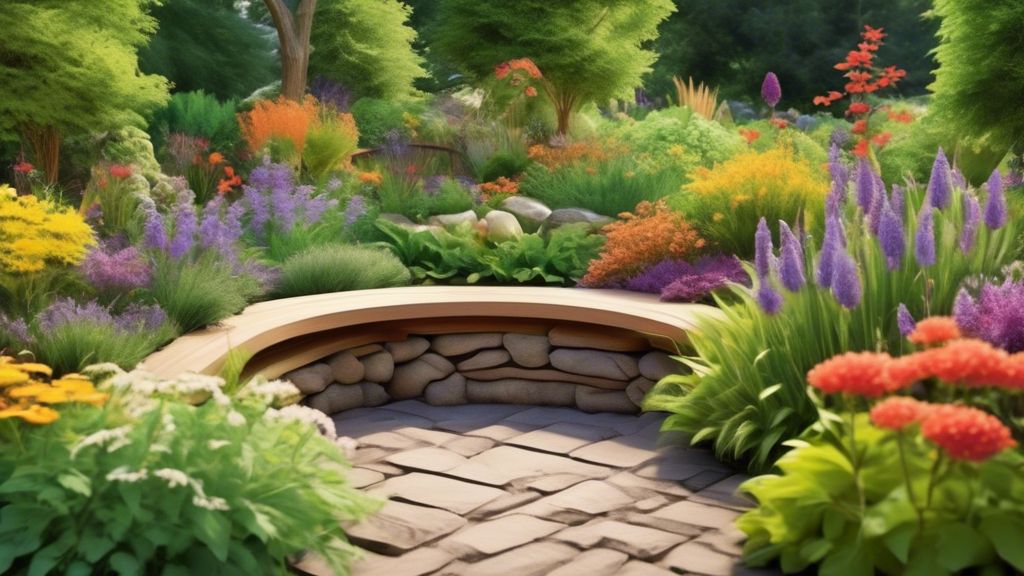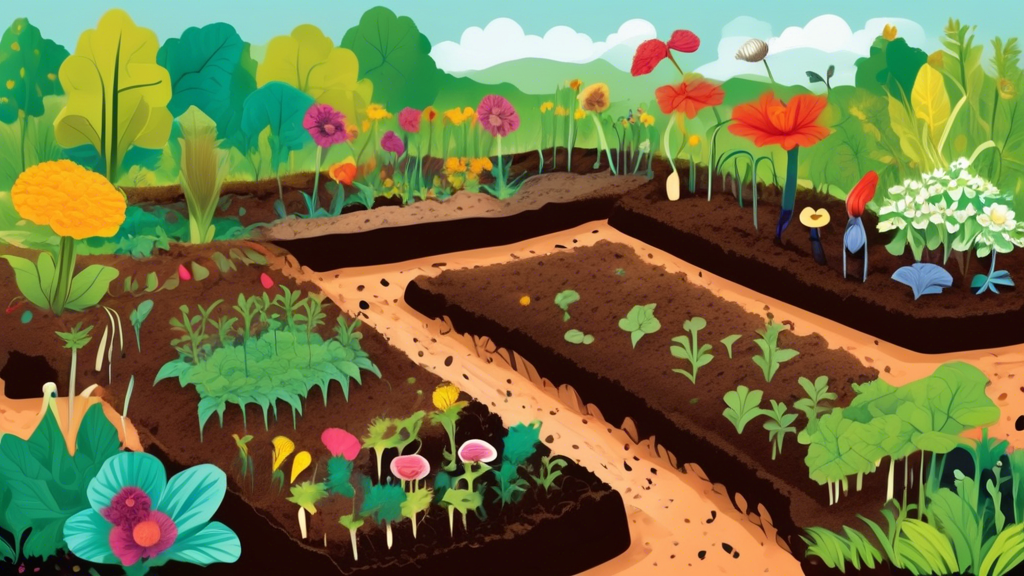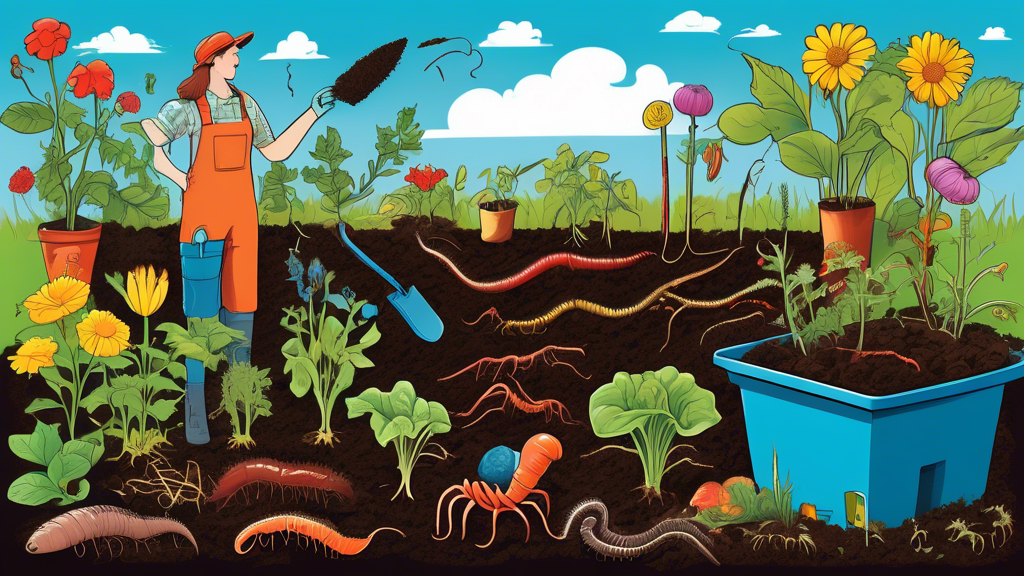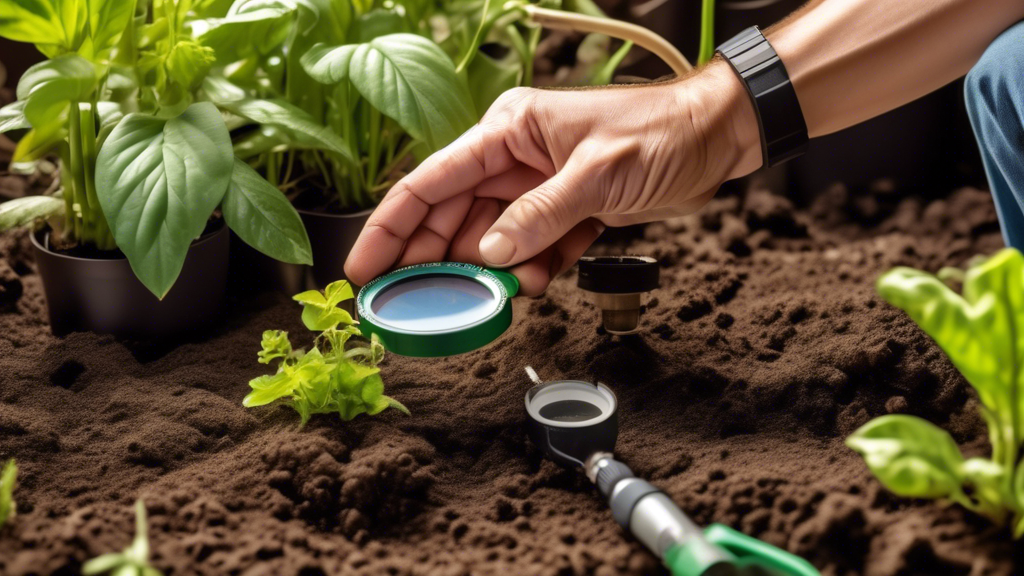
Why Your Garden is Thirstier Than It Needs to Be
Many gardeners face common challenges that lead to excessive water use and frustration. Understanding these issues is the first step toward a more resilient landscape.
The Endless Cycle of Watering and High Bills
Constantly watering just to keep plants alive can be exhausting and expensive, leading to shockingly high water bills, especially during dry seasons.
Watching Your Garden Wither in the Summer Heat
It’s disheartening to see plants burn, wilt, or die during heatwaves or droughts, despite your best efforts to maintain them.
The Battle Against Local Water Restrictions
Maintaining curb appeal becomes a major challenge when you’re limited to watering on specific days or times due to local regulations.
Soil That Repels Water Instead of Absorbing It
Water often runs off compacted or poor-quality soil, wasting every drop and leaving plants thirsty even after irrigation.
The Core Principles of a Water-Wise Landscape
Building a drought-resistant garden starts with foundational principles that maximize water efficiency and plant health.
Right Plant, Right Place: It’s More Than Just a Saying
Group plants with similar water needs together (hydrozoning) and choose native or adapted species that thrive in your local climate with minimal intervention.
The Secret Life of Soil: Your Garden’s Best Reservoir
Healthy soil acts like a sponge. The key isn’t just adding water, but building soil that can hold it. Amending soil with organic compost dramatically improves water retention and root health.
Mulch: The Unsung Hero of Water Conservation
A layer of mulch reduces evaporation, suppresses weeds, and regulates soil temperature. Compare options like wood chips, gravel, or straw to find the best fit for your garden.
Practical Steps to Create Your Drought-Resistant Garden
Follow these actionable steps to transform your landscape into a water-wise oasis.
Step 1: Audit and Design Your Space
Analyze sun exposure, wind patterns, and soil type. Sketch a simple plan that incorporates hydrozoning to group plants by water needs.
Step 2: Improve Your Soil from the Ground Up
Test your soil and enrich it with compost to boost its structure and water-holding capacity.
Step 3: Selecting the Perfect Drought-Resistant Plants
Choose from native perennials, ornamental grasses, succulents, and Mediterranean herbs. Popular examples include Lavender, Russian Sage, Sedum, and Agave.
Step 4: Master the Art of Efficient Watering
Use drip irrigation for deep watering, water early in the morning to minimize evaporation, and adopt a deep-and-infrequent schedule to encourage robust root systems.
Drought-Tolerant vs. Traditional Lawn: A Head-to-Head Comparison
| Feature | Traditional Lawn | Drought-Resistant Landscape |
|---|---|---|
| Water Usage | Very High | Low to Very Low |
| Maintenance | High (mowing, fertilizing, aerating) | Low (occasional weeding, pruning) |
| Cost Over Time | High (water, chemicals, equipment) | Low after initial setup |
| Wildlife Value | Low | High (attracts pollinators & birds) |
| Aesthetic | Uniform green | Dynamic, textured, year-round interest |
| Environmental Impact | Higher (chemical runoff, emissions from mowing) | Lower (natural habitat, carbon sequestration) |
Beyond the Basics: Unique Strategies for Maximum Impact
Elevate your water-wise garden with these advanced, lesser-known techniques.
Harvest the Sky: Installing a Rain Barrel System
Capture and use rainwater for irrigation, reducing reliance on municipal water and making the most of natural rainfall.
The “Green Gravel” Illusion: Using Decomposed Granite
Permeable hardscapes like decomposed granite allow water to seep into the soil below, recharging groundwater and supporting nearby plant roots—a clever way to combine aesthetics with function.
Let Your Lawn Go Dormant (It’s Okay!)
Cool-season grasses naturally go brown and dormant in summer heat, conserving water. They’ll green up again with fall rains, so don’t panic—this is a natural, water-saving state.
Frequently Asked Questions About Drought-Resistant Gardening
Isn’t a drought-resistant garden just a yard full of rocks and cactus?
No, this is a common myth. Water-wise landscapes can be lush and colorful, featuring flowering perennials, ornamental grasses, and shrubs that provide diverse textures and year-round interest.
How much money can I actually save?
Homeowners often save 30–60% on water bills, plus reduced costs for maintenance, fertilizers, and lawn care equipment over time.
Will a drought-resistant garden survive a really severe drought?
While all plants need some water, a well-established garden with native plants is incredibly resilient and can survive with minimal supplemental watering, outperforming traditional landscapes in harsh conditions.
Can I convert my existing garden, or do I need to start over?
You can do either! A phased approach—converting one zone at a time—works well for gradual change, while a full renovation offers a fresh start. Choose what fits your budget and timeline.






